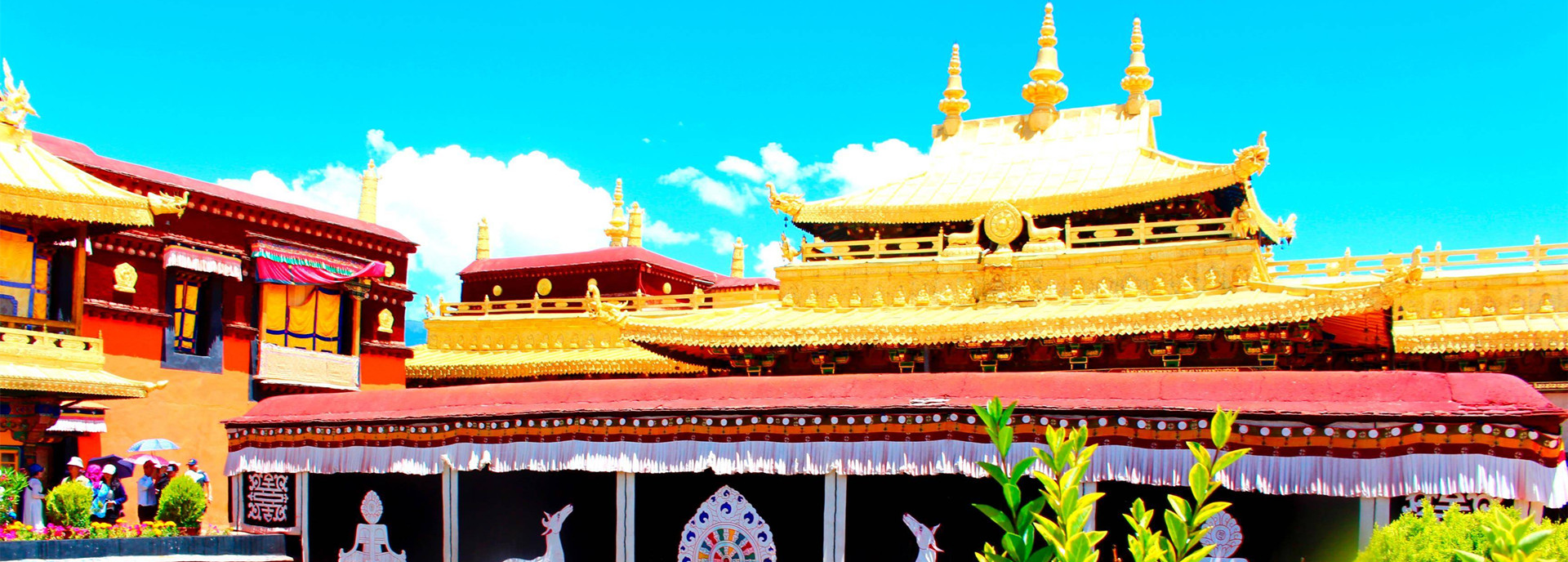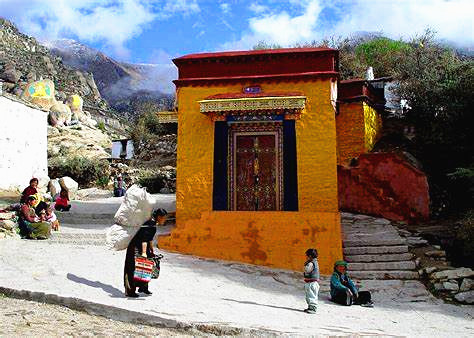Lhasa has sunny weather throughout the year with little rainfall. There is no severe cold in winter or intense heat in summer; the climate is pleasant. The annual sunshine time is more than 3000 hours, which is known as the "sunshine city". The tour will begin from the UNESCO World Heritage site - Potala Palace, which is also the winter palace of the Dalai Lama. It's situated at 12,139 feet above sea level. It's a 13-story high building that contains over 1,000 rooms, various statues, stupas, murals, and artifacts. Potala Palace is located on the Maburi mountain in the northwest of Lhasa city. It is a palace-castle-style building complex. It was originally built by Zanpu Songzanganbu of the Tubo Dynasty to marry Princess Wencheng. Potala Palace is an outstanding representative of Tibetan architecture as well as the essence of ancient Chinese architecture. The architectural art of Potala Palace is the most outstanding representative of thousands of Tibetan Buddhist temples and palaces. It is a unique example in China and even in the world. In addition, about 200 cultural relics in the Potala Palace treasure museum are on display, including letters of patent, seals, gifts, documents and classics, palm leaf scriptures, statues of Buddha, Thangka, magic tools, etc. Therefore, you can explore more about traditional Chinese culture and religious culture and also can get spiritual strength in this unique holy land.
Then continue to Jokhang Temple, another UNESCO World Heritage site. It's a spiritual center for Buddhists in Tibet. Located in the center of the old urban area of Lhasa, it is a Tibetan Buddhist temple built by Tibetan king Songzanganbu. The reason why Lhasa has the reputation of "holy land" is related to this Buddha statue. Jokhang Temple has a history of more than 1300 years and has a supreme position in Tibetan Buddhism. Jokhang Temple was the most brilliant architecture in Tibet during the Tubo Period, and it is also the earliest civil structure architecture in Tibet. It has created the Tibetan Pingchuan style temple Municipal Bureau style.
And next to the temple, there is Bakhor Street, filled with pilgrims and street vendors, selling traditional Tibetan items such as prayer wheels and jewelry. It has strong local style and national characteristics. Bakhor Street is the most famous commodity street in Lhasa. It is also an ancient and sacred place in Lhasa; you can visit Bakhor Street for a long time and buy some souvenirs if you like.
Traffic: Car
Hotel: Overnight in Lhasa
Meals: Breakfast
Altitude: 3650m
















































